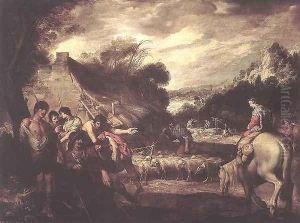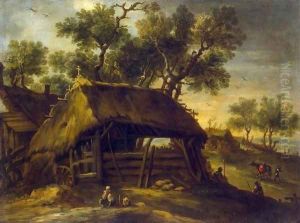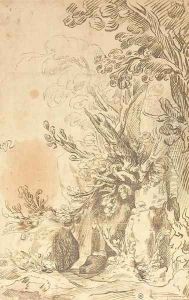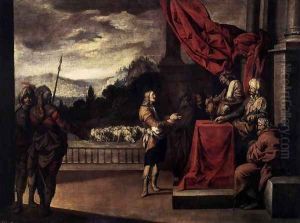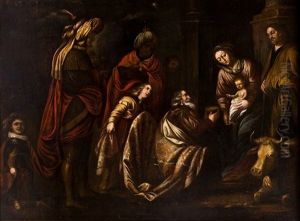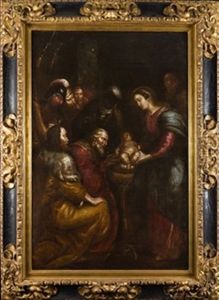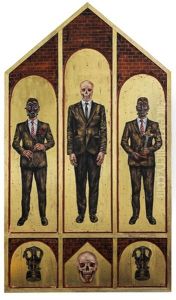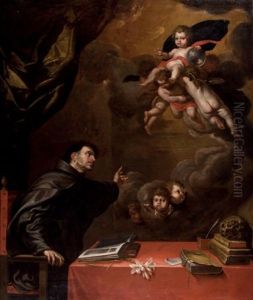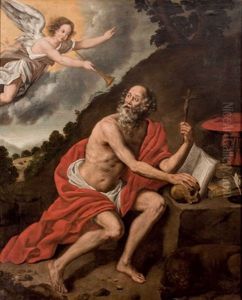Antonio del Castillo Paintings
Antonio del Castillo y Saavedra was a prominent Spanish painter and art theorist of the Baroque period, born in 1616 in Cordoba, Spain, and died in 1668. He is often remembered for his influence on the development of painting in Andalusia in the 17th century. Castillo's style is characterized by its narrative clarity, detailed realism, and expressive use of light and shadow, which were hallmarks of the Baroque movement in Spain. He was also known for his skill in other art forms, including sculpture and fresco.
Throughout his career, Castillo received numerous commissions for religious works from churches and convents, which were the primary patrons of art during this period. His paintings often featured biblical scenes and the lives of saints, rendered with a deep sense of piety and devotion that was well-suited to the Counter-Reformation era in which he lived. In addition to religious art, Castillo also painted portraits and historical scenes, showcasing his versatility as an artist.
Castillo was not only a celebrated artist but also a respected teacher. He headed the painters' academy in Seville, where he trained a number of apprentices who would go on to have significant careers of their own. Among his students was the young Diego Velázquez, who would later become one of the most famous painters of the Spanish Golden Age. However, historical records suggest that their relationship may have been strained, and Velázquez left Castillo's studio after a short period to continue his studies elsewhere.
Aside from his contributions to painting, Antonio del Castillo y Saavedra also left a mark through his writings on art theory and practice. Although less well-known than his paintings, these writings provide valuable insights into the artistic techniques and philosophical underpinnings of Baroque art in Spain.
Despite his considerable influence during his lifetime, Castillo's work was somewhat overshadowed by the towering figures of Velázquez and Murillo in the centuries that followed. However, in recent years, there has been a renewed interest in his oeuvre, with art historians recognizing his role in shaping the visual culture of 17th century Spain and his impact on subsequent generations of Spanish artists.
